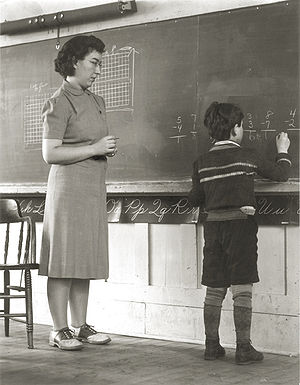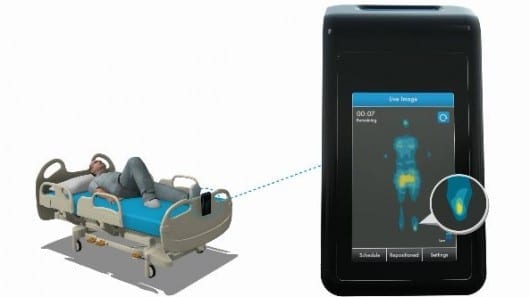
Our schools should be producing kids who tinker, make, experiment, collaborate, question
We don’t need to memorize things any more, but we still need teachers to guide our students toward learning the best ways to problem solve. The question is: How do you measure that?
But this is not the rant you think it is.
Let’s get one thing straight from the beginning: As a former high school teacher, I’m not opposed to standardized testing. Common assessments are a critical way of maintaining high expectations for all kids. Great teachers want benchmarks to measure progress and ensure that they are closing the gap between students in their classroom and the kids across town. What you measure should matter. The problem is, most American classrooms are measuring the wrong thing.
Schools used to be gatekeepers of knowledge, and memorization was key to success. Thus, we measured students’ abilities to regurgitate facts and formulas. Not anymore. As Seth Godin writes, “If there’s information that can be recorded, widespread digital access now means that just about anyone can look it up. We don’t need a human being standing next to us to lecture us on how to find the square root of a number.”
Given this argument, many entrepreneurs see a disruptive opportunity to “democratize” education, meaning that everyone now has a platform from which to teach, and anyone can learn anything anywhere anytime. Ventures like Udacity, ShowMe, LearnZillion, and Skillshare increase the efficiency of the learning market by lowering barriers to knowledge acquisition.
Yet there is an inherent bias in the promise of these new platforms that favors extraordinarily self-directed learners.
But by itself, this “any thing/place/time” learning won’t lead to the revolution we seek. We also have the responsibility of unlocking the potential of every student because the world needs more leaders, problem-finders, and rule-breakers. Teachers are perfectly positioned to take on this challenge.
The primary purpose of teaching can now shift away from “stand and deliver” and becomes this: to be relentless about making sure every student graduates ready to tinker, create, and take initiative.
Sarah Beth Greenberg, a visionary elementary school principal in New Orleans, describes this as the balance between the art and science within teaching. The art is in the relationships you build with kids, and the science is purposeful assessment that generates real evidence of student growth.
Which brings me back to my original point. Accountability is a good thing, but only when you are measuring what matters.
Dan Meyer is right when he describes today’s curriculum as “paint-by-numbers classwork, robbing kids of a skill more important than solving problems: formulating them.” Imagine a world where the math textbook was replaced with open-ended, thought-provoking opportunities to question the world around us. In these classrooms, students would learn how to think, how to find problems, not just plug in numbers to solve them. What if quizzes measured kids’ ability to question, not answer?
via FastCoExist – Jennifer Medbery?









